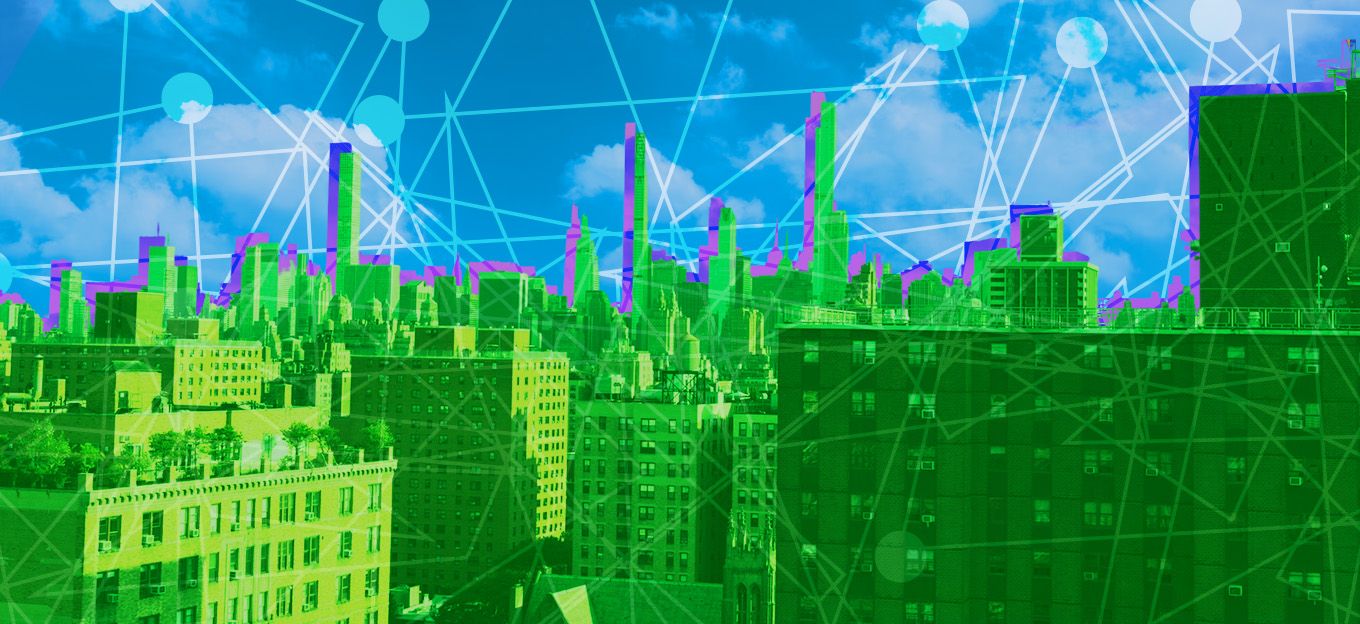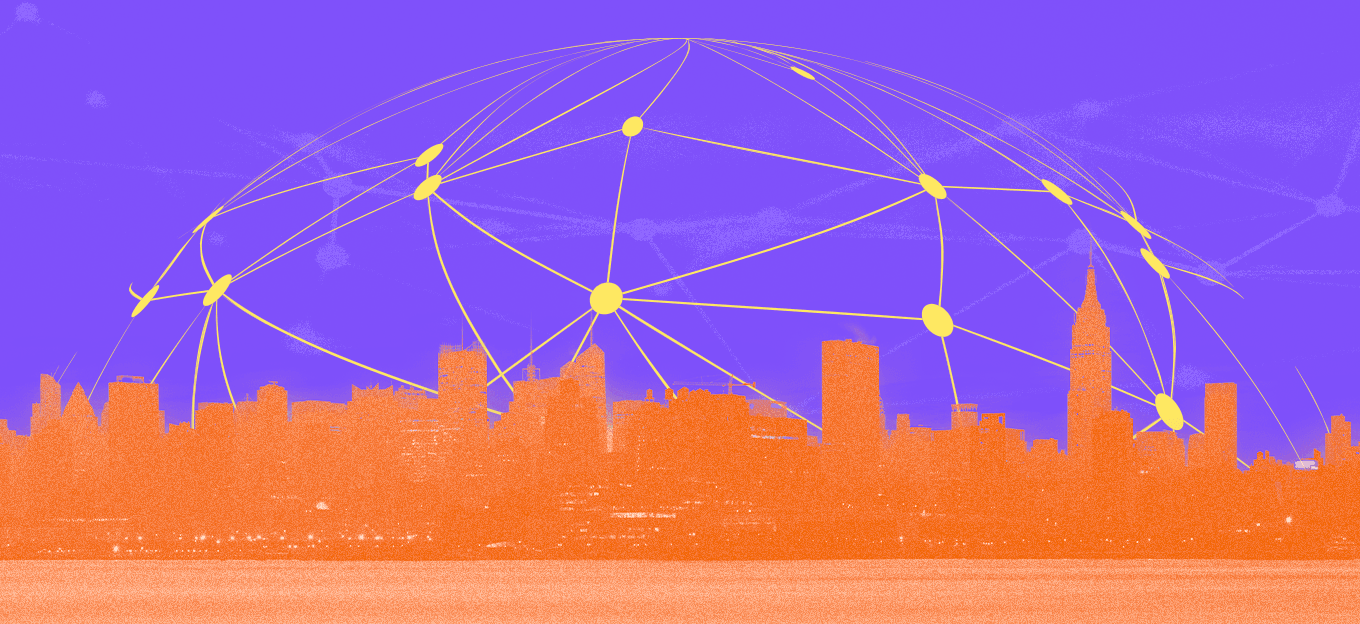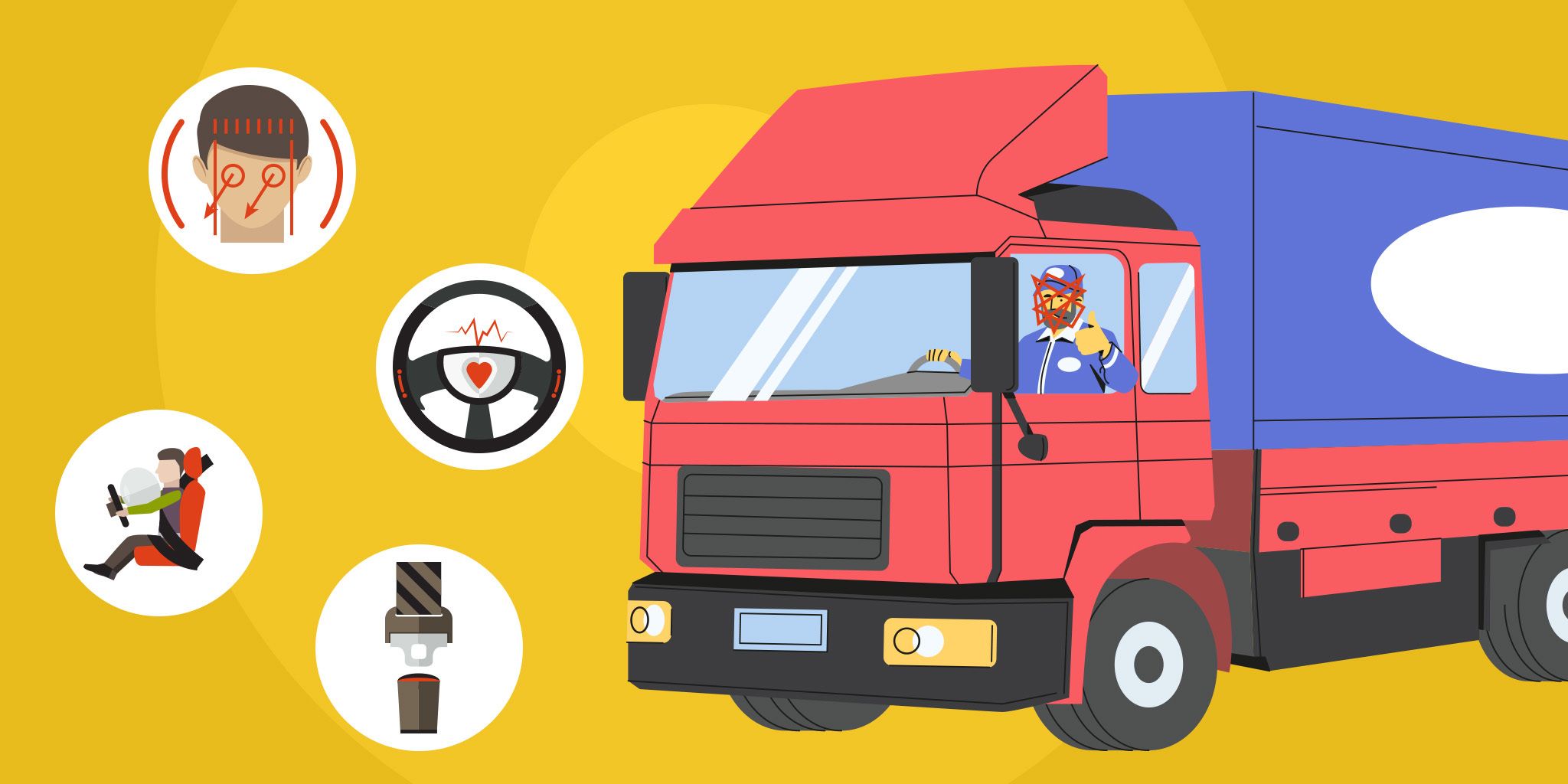Smart Cities: How Technology Will Reshape Transportation in 2022
Smart Cities: How Technology Will Reshape Transportation in 2022
- Last Updated: December 2, 2024
Eastern Peak
- Last Updated: December 2, 2024



The smart transportation market size is estimated to reach $130 billion by 2024. This reflects a CAGR growth of 20 percent from 2018 till 2024. Even though such a development pace can hardly be called explosive, smart transportation systems are gaining momentum worldwide. Rapid urbanization, always-connected vehicles, environment protection initiatives, and traffic optimization technologies are the primary triggers of new mobility. City residents and authorities expect smart infrastructures to emerge since improved road and passenger safety is a must in the so-desired smart cities.
Safer urban environments without time-consuming traffic jams and dangerous concentrations of exhaust gases can be achieved via digital technologies in building smart transportation systems.
Smart transportation consists of smart infrastructures capable of providing passengers and drivers with advanced services for better coordinated and more efficient transportation networks. Those software-based infrastructures enable new ways of transportation to evolve with smart parking management, enhanced traffic performance, automated surveillance systems, and fuel-saving solutions. Some of the below-mentions smart transportation systems examples demonstrate how digital technologies reshape the way people move across urban areas.
Benefits of Transportation Technology
Smart transportation solutions contribute to the capabilities we all expect from future smart city infrastructures, including enhanced security. Integrating digital communication systems into the city transport infrastructure results in better information for passengers with real-time ticket management, smart parking, and traffic jam prevention. Such technologies as GPS and IoT sensors enable smart traffic monitoring to reduce the risks of accidents; therefore, getting to necessary destinations becomes faster and safer.
Improved Management
Smart traffic management systems can redistribute transport flows away from busy areas via push notifications that can deliver a complete picture of the city traffic to drivers in real-time. Chatbots can act as the smart ticket sales channels capable of providing automated ticket management.
Efficient Performance
Smart transportation can leave a smaller carbon footprint due to fuel-savings solutions capable of dispatching vehicles more rationally when the shortest possible route can be found with machine learning algorithms enabled by city traffic data collected via GPS and street sensors.
Reduced Costs
Transport companies, shippers, and passengers can save a lot from using intelligent traffic management systems that can significantly reduce jams, fuel consumption, empty miles, and many other factors resulting in redundant expenses. The always-connected transportation is not limited by the narrow confines of the shipping sector when widely adopted telematics and communication technologies provide smart city transportation with plenty of data collected from various sources. The more data the road users can get and process, the lower the movement cost across smart cities occurs.
How Does Smart Transportation Work?
The most recognizable problem of city traffic is jams that happen due to improper behavior of traffic lights. Conventional traffic lights are not “smart” when working via either timers or buttons pushed by pedestrians. These simple electric devices can’t read, monitor, and react to the actual traffic situation taking place on the road.
In contrast, smart traffic monitoring systems can enable traffic lights to interact with vehicles and pedestrians via digital technologies such as Bluetooth, LIDAR, and 5G mobile internet. Smart traffic lights can collect data from both vehicle electronics and pedestrian smartphones to generalize the actual traffic situation around any crossroad at any moment. By sending corresponding signals to smart devices of all road users, smart traffic lights can enhance the reaction and awareness of both drivers and pedestrians.
Besides, the AI-based visual recognition systems can use city street cameras for traffic prediction, similar to how autopilots work in driverless cars. Such street smart traffic control systems can even aid in the prevention of jams and collisions that frequently happen at the crossroads due to human errors. In addition, the smart roads of the future can be equipped with various sensors, beacons, and network access points to assess different traffic indicators such as exhaust gas concentrations, noise levels, pedestrian clusters, collisions, etc. Such data is helpful to implement various ideas about smart cities in the context of new ways of transportation.
Examples of Transportation Technology
The following examples show what technologies smart cities should use to leapfrog into innovative digitized infrastructures.
Smart Dublin Initiative
Intelligent transportation solutions and smart lighting have been adopted in Dublin since 2015 when Dublin City Council decided to implement the Mayflower CMS (central management system) that integrated various smart city sensors and applications.
The variety of IoT sensors and detectors connected to the Smart City Platform delivers multiple data streams to keep city management informed about the noise levels of vehicles in the streets, CO2 emissions, weather conditions, energy consumption of the street lights, and even groundwater levels (Dublin is vulnerable to floods).
The Platform allows different applications to run while a single interface provides monitoring of the sensors interconnected within the Mayflower network. The system has been built with smart city security in mind: citizens can walk home safer at night, vehicles consume less fuel to provide lower pollution levels, urban real-estate developers get valuable insights on building new schools and hospitals in the most appropriate locations, etc.
Barcelona Smart Mobility
Barcelona is one of the leading smart cities in Europe, with a supercomputing center that integrates big data collected from smart traffic sensors, autonomous vehicles, and connected cars. The city’s intelligent traffic management system is built upon 5G technology and the engineering environment provided by the Catalonia Living Lab.
The advanced data analytics is combined with the up-to-date 5G infrastructure that allows various IoT devices (asphalt sensors, traffic light cameras, etc.) to receive and process real-time info about everything happening in the streets and crossroads. The emerging smart city infrastructure is aimed at a broad adoption of autonomous vehicles and is helping Barcelona achieve unprecedented results in building efficient urban mobility of the future.
Safer Urban Environments
Safer urban environments without time-consuming traffic jams and dangerous concentrations of exhaust gases can be achieved via digital technologies in building intelligent transportation systems. Smart roads of the future appear from a combination of IoT devices installed in the streets and corresponding data-processing software capable of turning sensors’ signals into valuable insights on improving urban mobility.
Municipal governments should transform their cities into safer places to live: smart traffic lights alone can significantly improve traffic security on city roads. IoT sensors, 5G, LIDAR, Bluetooth, cloud computing are just a few of the already available technologies allowing smart transportation infrastructures to emerge. The future is here, indeed.
The Most Comprehensive IoT Newsletter for Enterprises
Showcasing the highest-quality content, resources, news, and insights from the world of the Internet of Things. Subscribe to remain informed and up-to-date.
New Podcast Episode

IoT and AI in 2026
Related Articles





